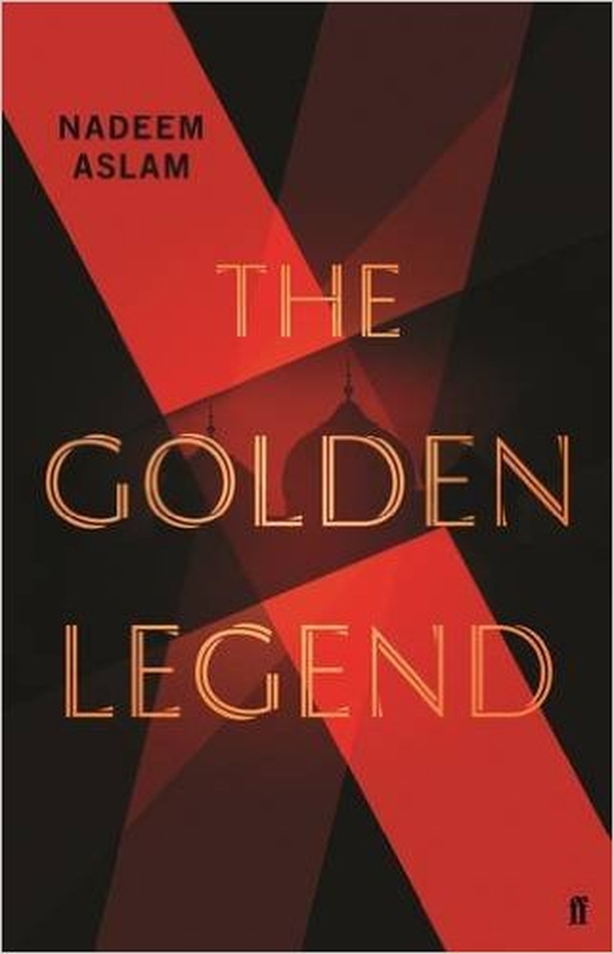“Spinning a story to reflect the reality of life in the countries troubled by intra religious strife requires great courage and conviction as the governments there do not take kindly to such stories and their authors, “ wrote a commentator underneath the recent Guardian review of Nadeem Aslam’s fifth novel, The Golden Legend.
Long resident in the UK, the Pakistani–born, 50-year old Aslam should indeed be commended for his bravery in confronting through 25 years of fiction-writing, the issue of sectarian or religious intolerance. He has examined - and made accessible through compelling human dramas - this complex subject in the marvellous novel, Maps for Lost Lovers, which was set in his adopted England. The Wasted Vigil and The Blind Man’s Garden were set in Afghanistan. His latest novel returns to his native Pakistan, the setting for his first novel, Season of the Rain Birds, which was first published in 1993.
The story begins in the fictional city of Zamana, a busy, noisy place of vehicles of all kinds, perhaps the prototype of the quintessential Pakistani city. Massud and his wife Nargis, who have made a living as relatively prosperous architects, are paragons of tolerance and their stance is expressed elegantly and pithily. Massud was not religious in any sense, and nor was she. They certainly were not interested in piety and decency based on reward.
They have loaned funds for the purchase of a modest house to two Christians, Lily and his wife Grace, and funded also the purchase of Lily’s motorised rickshaw while refusing to take back repayments. Grace, however, is already deceased, victim of a sectarian attack, when the novel begins. However, Massud and Nargis continue to pay for the education of Lily and Grace's only daughter, Helen.

Meanwhile, Big Brother is alive and well with individual citizen’s sins the subject of mysterious announcements from mosques, in a city where there are literally hundreds of minarets. For a few weeks now, someone had been entering the city’s mosques – most often during the night – and revealing the secrets of the citizens over the minarets’ loudspeakers. People’s immoral acts and corruptions, some of the most securely concealed vices were now in full view.
Aslam has a true poetic gift and don’t we read novels for descriptions of the weather too, in cities or countries we realistically may never visit in our lifetimes? The sun in the windscreen was setting fast, changing its position by the second, an orb that was yellow above and dusty pink towards the bottom. And grey clouds were approaching from the east, the edges drenched with white light.
Or take this sentence. It was still early, still the fragile hour, though the trees were woven through with sunlight.
The author stealthily introduces the scenes of violence and sadism, inspired by religious hatred, if not `earthly greed' (as the author has himself suggested elsewhere). Such stories and anecdotes of violence, sometimes related as historical events must inform his story, if it is to capture the attention of the general reader - Aslam is a novelist first and foremost, a chronicler second. The reader may find it upsetting, even suspect at times that it may be laid on with an eye to visceral effect, but deny the existence of such violence the reader cannot do.
Yet much of the novel is about beauty too, the beauty of nature primarily, of all life-forms. Then there is the ancient, illustrated book at the centre of the novel whose restoration after a brutal act of destruction is intended to show how religions should co-exist without rancour, given their shared history. The author carefully weaves the threads of different faiths through the story, be it a resonant quotation from St Augustine, the Marian story, detailed descriptions of Christian and Hindu iconography, and Buddha also included in the tapestry.
Paddy Kehoe

